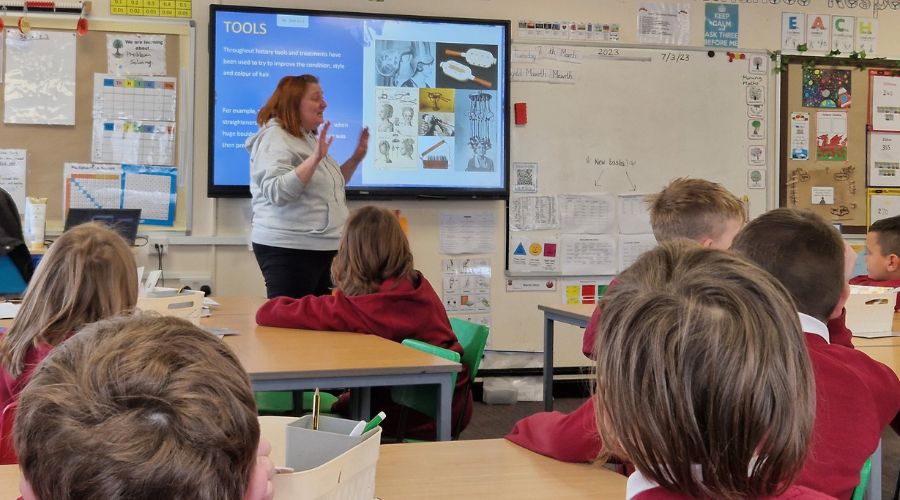
Traditional Whiteboard vs. Interactive Whiteboard: Which is Better?
Traditional Whiteboard A traditional whiteboard is a large white surface that is used for writing and drawing in the classroom. Educators use chalks or markers for writing on this whiteboard. These traditional boards come in 2 types: black boards and whiteboards. The blackboards are the black large surface and whiteboards are the white in surface. […]








